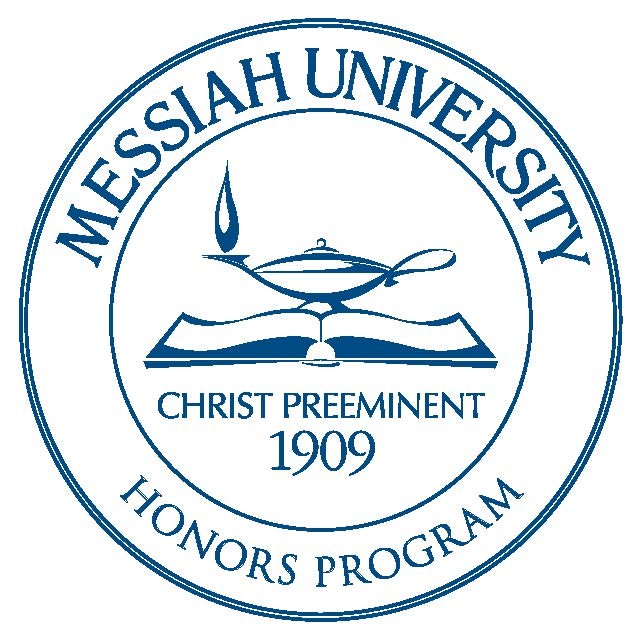Date of Award
Fall 2010
Document Type
Thesis
Degree Name
Bachelor of Arts (BA)
Department
Chemistry and Biochemistry
First Advisor
Dr. Richard Schaeffer
Abstract
Eight common garden vegetables grown in four different levels of contaminated soils were sampled and analyzed for copper, cadmium, nickel, and lead concentrations by flame atomic absorption spectrometry. Vegetables grown in soil with a higher concentration of the metals had significantly higher concentrations of metals in the edible portions of the plant than vegetables grown in soil with a lower metal concentration. The p-values associated with the differences in the metal concentration of the vegetables across the different soils were <0.0001 to 0.0646 (copper), 0.0003 to 0.5570 (cadmium), <0.0001 (nickel), and <0.0001 to 0.4570 (lead). At the 0.05 confidence level, beans, peas, and broccoli absorbed significantly more metal from the contaminated soil than the other vegetables tested. Carrots and beets absorbed significantly less metal than the other vegetables tested. All significant trials were fitted to a linear model and many provided a good fit with an adjusted R2 greater than 0.9000.
Recommended Citation
Esbenshade, Jennifer, "A Quantitative Analysis of the Uptake of Heavy Metals into Common Garden Vegetables from Contaminated Soils" (2010). Honors Projects and Presentations: Undergraduate. 67.
https://mosaic.messiah.edu/honors/67


